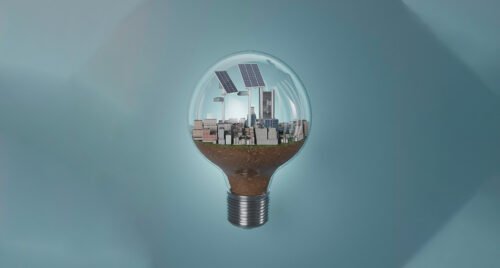The Global Risk Reports are significant reports produced by the World Economic Forum and released annually at the Davos ConferenceThey are utilized by companies worldwide as they allow the tracking of the evolving perceptions of global risks among risk experts and leaders in business, government, and civil society in a rapidly changing technological landscape, economic uncertainty, global warming, and conflicts.
Highlighting Environmental Risks
Socio-environmental aspects began to gain greater prominence in executive discussions starting in 2015. In the 2020 edition of the Relatório, for the first time, the five greatest risks in terms of probability were all related to the environment: extreme weather events, climate action failure, natural disasters, biodiversity loss, and human-made environmental disasters.
In the following year, 2021, new risks related to infectious diseases, livelihood crises, digital inequality, deteriorating mental health, and economic stagnation emerged. These risks reflect global expectations concerning latent social issues, such as social inequalities and poverty eradication.
New Social and Technological Risks
These reports also identify trends and indicate what lies ahead, considering the following categories of risks: economic, environmental, geopolitical, societal, and technological. In the World Economic Forum's 2024 Global Risk Report, the risks highlighted included those in the table below, with climate risks once again appearing prominently, ranked second in the short term and first in the long term:

In 2023, a study published by Science Advances[1], conducted by the University of Copenhagenin Denmark, indicated that at least six of the nine planetary boundaries[2]have been surpassed due to human activity, implying that Earth is now operating outside a safe space for humanity.
The boundaries are nine elements of the global environment that play a crucial role in maintaining the planet's stability and habitability. The boundaries exceeded, as indicated by the Science Advances , include: climate change, novel entities (such as microplastics), biosphere integrity, land-system change, freshwater use, and biogeochemical flows.
Integration of Socio-Environmental Risks in Organizational Management
Human activity has not yet surpassed ocean acidification, stratospheric ozone depletion, and atmospheric aerosol loading:

According to ISO 31000, which provides guidelines on risk management, it is crucial for organizations to consider risks in their strategies and decision-making processes. The standard emphasizes the importance of systematically and continuously identifying, analyzing, and evaluating risks to ensure the resilience and sustainability of operations. The approaches recommended by the Standard align with the insights from the Global Risk Reports, offering a framework to mitigate emerging threats and capitalize on opportunities in a dynamic and complex risk environment.
[1] Earth beyond six of nine planetary boundaries | Science Advances (science.org)






